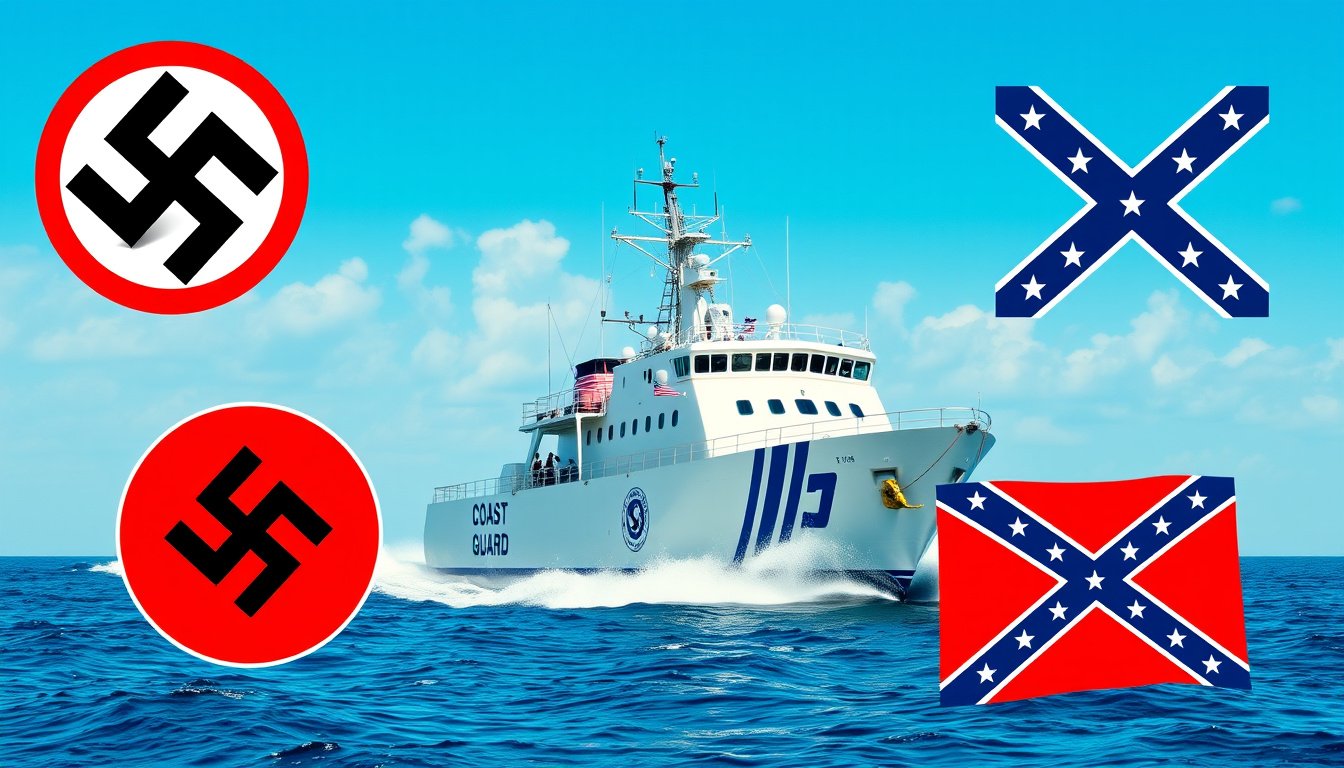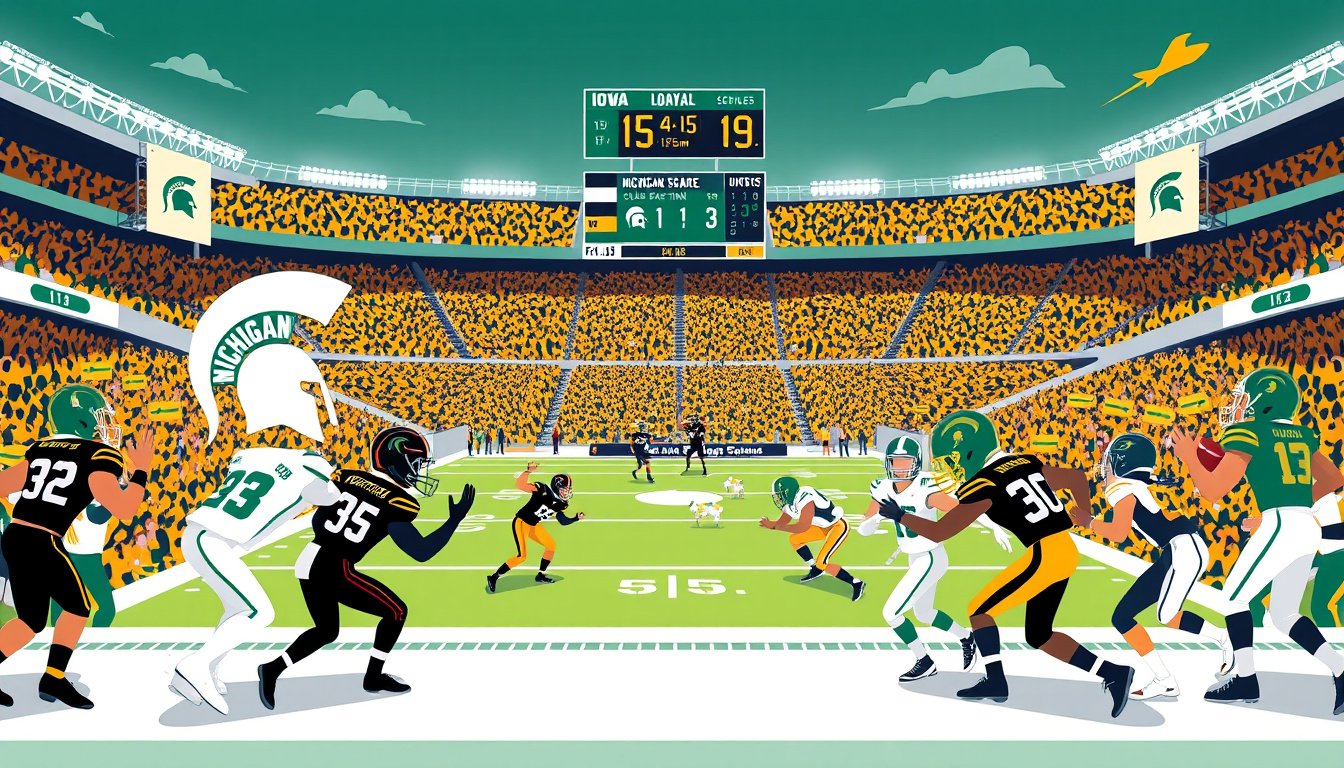In late 2025, the U.S. Coast Guard found itself at the center of a heated controversy following a report by The Washington Post that alleged a significant shift in the service’s policy regarding hate symbols such as swastikas and nooses. According to the article, set to take effect on December 15, the Coast Guard’s updated guidelines had reclassified these historically charged symbols from being strictly prohibited hate symbols to being labeled merely as “potentially divisive.” The report triggered immediate backlash from the public, lawmakers, and advocacy groups who viewed this as a dangerous softening of standards toward symbols explicitly tied to hate and violence.
Congressional leaders voiced strong criticism. Representative Rick Larsen emphasized that lynching is recognized as a federal hate crime and stated unequivocally that such symbols represent hate. Senator Ed Markey decried what he saw as normalization of hate, and Representative Lauren Underwood met with the Coast Guard’s acting commandant, Admiral Kevin Lunday, who promised a prompt revision of the policy. The overwhelming response underscored the deeply sensitive nature of hate symbols within military and civilian institutions alike.
Quickly thereafter, the Coast Guard and its overseeing agency, the Department of Homeland Security (DHS), pushed back against the report. Admiral Lunday issued a firm statement denying any policy change that would permit or downplay hate symbols. He reinforced that symbols like the swastika and noose remain categorically prohibited, and that any use or display will be thoroughly investigated and punished. This was echoed by DHS representatives who labeled the original reporting as misinformation.
Despite these denials, some lawmakers expressed skepticism about the DHS’s claims. Senator Brian Schatz pointed out a contradiction, highlighting that if the Coast Guard is rejecting the policy change because of the media coverage, this implicitly confirms the report’s accuracy about the policy’s initial existence.
Eventually, the Coast Guard published a new policy on November 20 clearly restating that swastikas, nooses, and similar extremist imagery are banned without exception. Admiral Lunday sent a memo to all personnel to clarify the service’s zero-tolerance stance, emphasizing that divisive or hate-related symbols must be removed immediately. He framed this step as a move to combat misinformation and reassure the public and service members of the Coast Guard’s commitment to a respectful, inclusive, and professional environment.
This episode highlights the complex challenges faced by military branches in addressing hate symbols while navigating political pressure and public opinion. The initial policy ambiguity—even if unintended—created confusion and skepticism about the Coast Guard’s dedication to combating hate within its ranks. The swift reaction from leaders and the public illustrates how deeply entrenched and emotionally charged these symbols remain, serving as touchstones in America’s ongoing struggle against extremism.
Moving forward, this incident serves as a cautionary tale about the need for clear communication, consistent policies, and transparency, especially around issues as sensitive as the prohibition of hate symbols in the armed forces. For the Coast Guard, regaining trust means reaffirming its core values and ensuring that no perceived tolerance of hateful imagery jeopardizes the safety and unity of its personnel.










